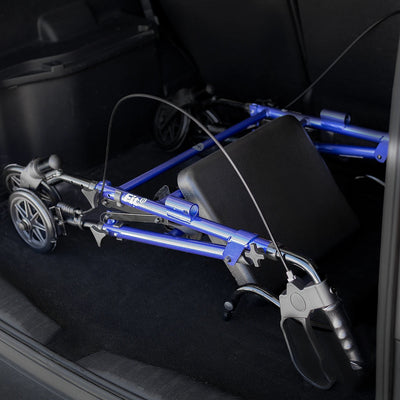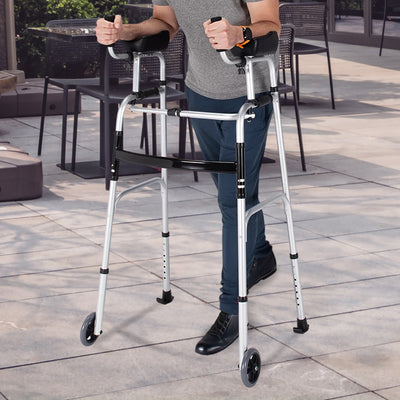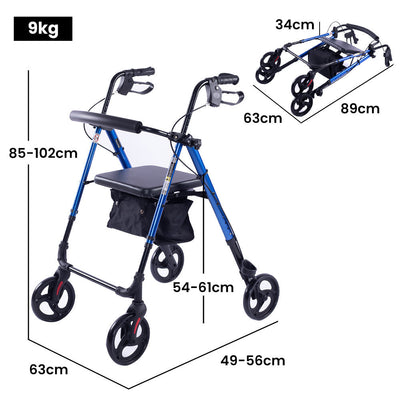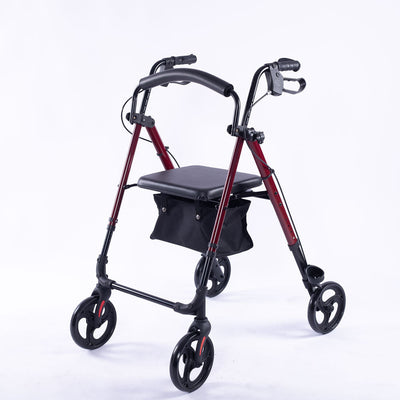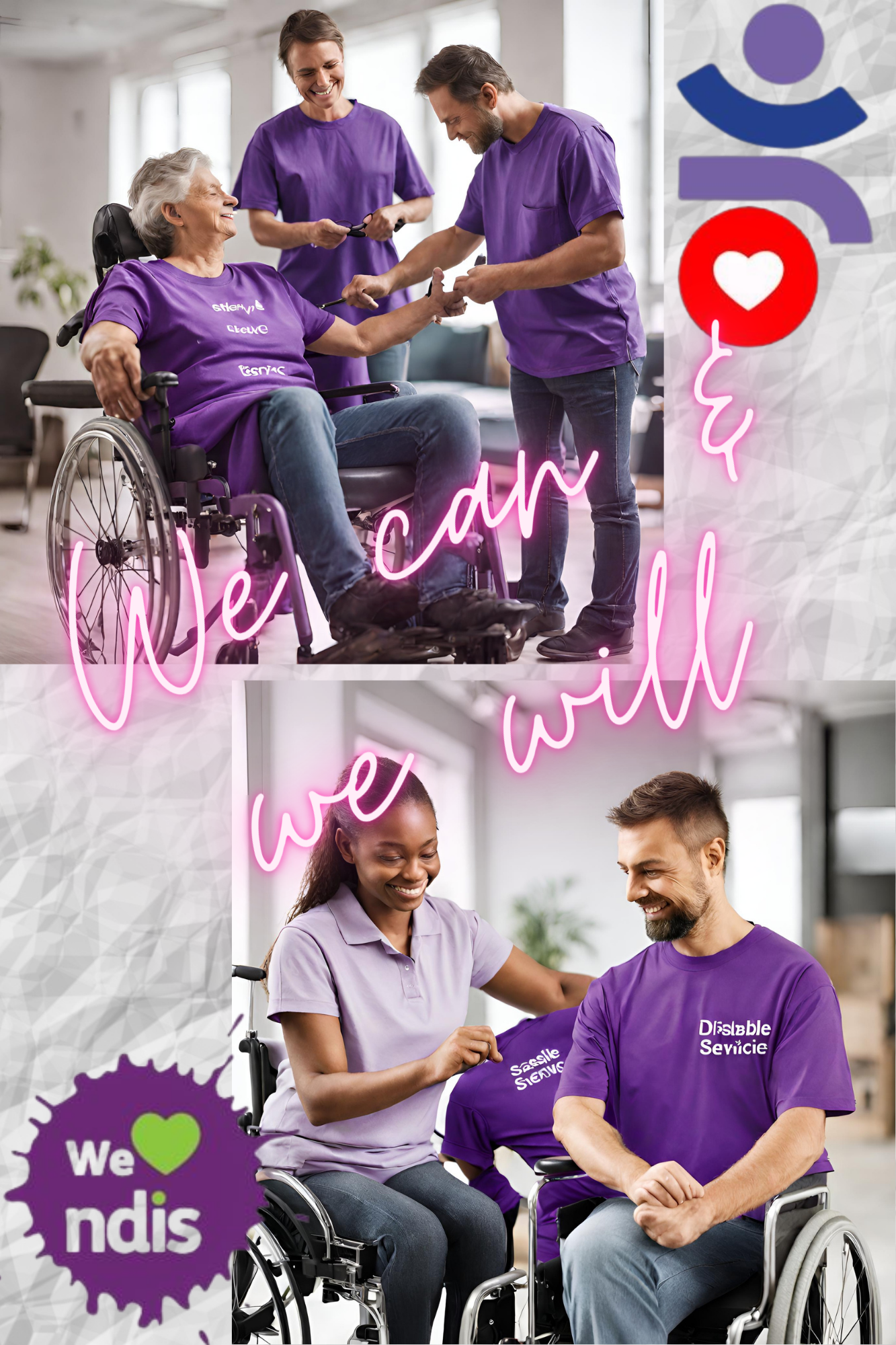Mobility aids—like walkers, wheelchairs, and canes—are transformative tools for individuals with limited movement. But simply owning a mobility device doesn’t guarantee better movement or independence. That’s where physical therapy plays a crucial role. The connection between physical therapy and mobility aids support is vital in helping individuals regain confidence, prevent further injuries, and lead active lives.
In this blog, we’ll explore how physical therapy can help individuals adjust to and make the most out of their mobility aids, with real-world insights into the benefits and long-term outcomes.
What Is the Role of Physical Therapy in Using Mobility Aids?
When a doctor or rehabilitation specialist prescribes a mobility aid, it’s typically in response to injury, surgery, disability, or age-related mobility decline. While the aid provides immediate support, it’s physical therapy that offers long-term improvements in how effectively it is used.
Mobility aids support includes more than just equipment—it’s the process of education, adjustment, and physical adaptation.
Physical therapists help with:
-
Teaching correct posture and gait while using the aid
-
Building strength in muscles that support mobility
-
Preventing secondary injuries such as falls or joint strain
-
Offering emotional and psychological confidence to use aids properly
-
Monitoring progress and suggesting upgrades or changes when needed.
Why Mobility Aids Alone Aren’t Enough
Mobility devices are incredibly helpful, but they don't train your body to recover or adapt. In fact, using a device incorrectly can worsen your condition. This is where mobility aids support from trained physical therapists makes all the difference.
Let’s say a person begins using a cane after a hip replacement. Without proper instruction, they might lean too heavily on one side, causing imbalance or back pain. A physical therapist would correct their gait, improve leg strength, and gradually guide them toward independent walking or safer cane use.
The Stages of Recovery with Physical Therapy and Mobility Aids
Recovery doesn’t happen overnight. Physical therapy follows structured phases that integrate mobility aids strategically.
1. Assessment and Planning
The therapist evaluates your injury or condition and how your body responds to movement. They also inspect the fit and type of aid you're using.
2. Training and Adjustment
This includes walking techniques, exercises to strengthen core and leg muscles, and practicing balance. The therapist also ensures your aid is adjusted to the right height and grip.
3. Monitoring and Progression
As the patient improves, the therapist might reduce dependence on the mobility aid or adjust the therapy to focus on stamina and coordination.
4. Psychological Support
Many patients feel discouraged or frustrated using a mobility aid. Therapy sessions often include motivation and goal-setting to keep progress on track.
Real-Life Examples of Physical Therapy Success
Consider Jane, a 68-year-old woman recovering from a knee replacement. She began using a walker but felt limited in daily activities. With weekly physical therapy focused on mobility aids support, Jane learned how to navigate stairs, rise from a chair with minimal assistance, and eventually transitioned to using a cane only when outdoors.
Then there's Michael, a 42-year-old stroke survivor. His wheelchair gave him mobility, but he desired more independence. Through targeted physical therapy, he developed the upper body strength to transfer himself in and out of the chair and regained enough balance to use a walker inside his home.
Choosing the Right Mobility Aid With Help from Therapy
Physical therapists also guide individuals and families in choosing the most appropriate mobility device. Not all aids are the same—some are better suited for specific injuries, while others are designed for long-term disability.
Therapists consider:
-
Weight-bearing ability
-
Home layout (stairs, flooring)
-
Daily activity levels
-
Pain points or range of motion
They’ll even work with you to trial different aids and train you on proper use, reducing the trial-and-error frustration.
The Long-Term Value of Combining Mobility Aids with Therapy
The partnership between physical therapy and mobility devices isn’t short-term. Even months or years after injury or diagnosis, mobility aids support through continued therapy can:
-
Prevent muscle atrophy
-
Improve cardiovascular endurance
-
Reduce pain and inflammation
-
Maintain independence in aging populations
Conclusion: A Better Path to Independence
Mobility aids give you the ability to move. Physical therapy teaches you how to move better, safer, and longer. Together, they provide a path to restored confidence, physical strength, and a better quality of life.
If you or a loved one uses a cane, walker, or wheelchair, consider adding physical therapy to the care plan. With the right combination of support, the journey to independence becomes not just possible—but empowering.



